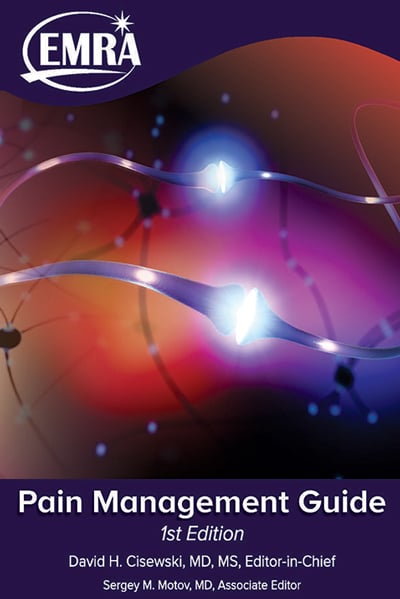Foreword
David H. Cisewski, MD, MS | Icahn School of Medicine at Mount Sinai
Sergey M. Motov, MD, FAAEM | Maimonides Medical Center
The purpose of this guide is to provide a collection of thoughts and knowledge based on the expertise of individuals within the pain management field. Our print version features evidence-based practices based on the extensive literature surrounding pain management, particularly as it applies to emergency medicine. The quick-reference guide offers baseline guidance for cases when you’re in the moment on a busy shift.
However, pain management is an ever-evolving field, and it is neither our intention nor the purpose of this book to serve as the final word on analgesia in the ED. This guide is merely a tool for our everyday clinical practice and cannot replace formal training, provider discretion, or clinical gestalt. Each pain presentation must be approached from an individual patient perspective using the information and clinical judgment available to the provider.
The knowledge presented in this guide is best served as a foundation upon which all further learning can be based. Undoubtedly each institution will have individualized pain management protocols that may deviate from the advice provided in these pages, and it is essential to adhere to institutional policy.
This expanded online version of the Pain Management Guide offers more nuanced discussion of current practice, along with evolving research and discussion. Of note, the online version will be kept current and will include additional chapters in the future.
Ultimately, we hope this guide evokes conversation, spreads insight, and advances the field of medicine through education and collaboration. Whether we like it or not, pain is a presentation we cannot avoid in the emergency setting. Still, with the right knowledge and tools in our armamentarium, we can certainly limit the suffering and manage pain pathology more effectively.
This guide was made possible only with the selfless efforts of those researchers and authors who invested their time into providing their insight into this guide. A debt of gratitude and a humble thank you is owed to each of the contributors who helped make this project possible.





